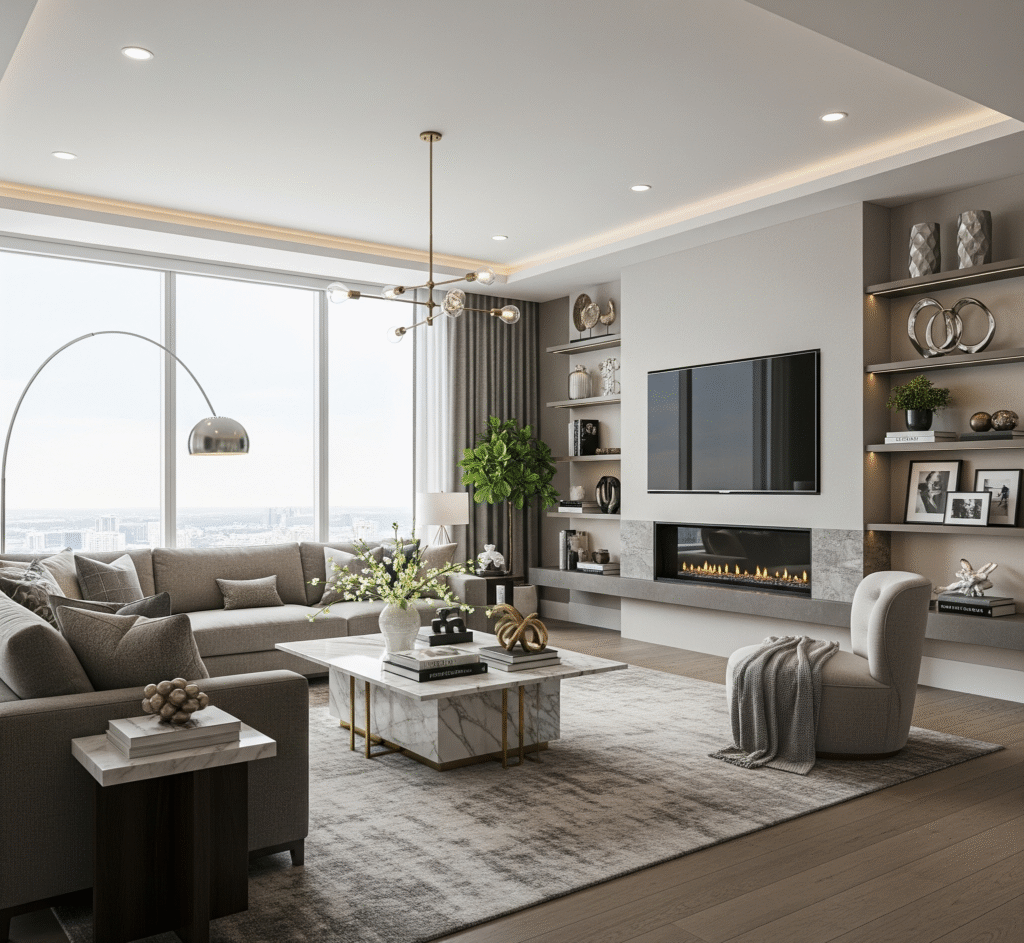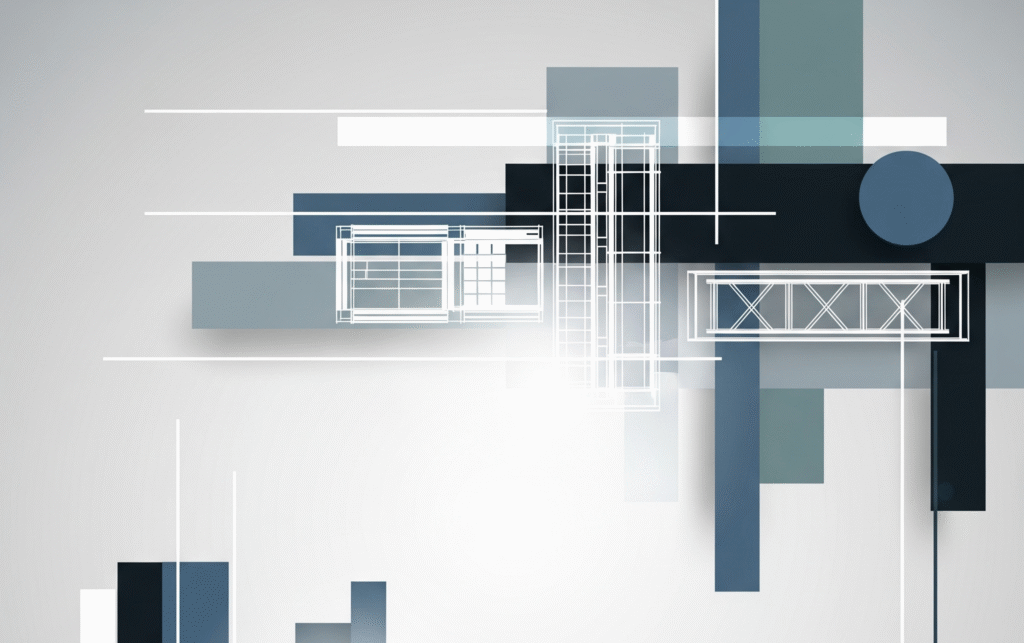In the world of architecture, one of the biggest challenges is communication. Designers must translate a two-dimensional drawing into a vivid space that a client can truly envision. However, this is often difficult. This is precisely where photorealistic 3D interior visualization steps in. It revolutionizes the design and marketing process by bringing projects to life before construction even begins.

What is Photorealistic 3D Visualization?
Photorealistic 3D visualization uses advanced software to create digital images of a space. These images are so realistic they are often indistinguishable from actual photographs. The technology meticulously renders every detail. For example, it processes light, shadows, textures, and materials. In the end, it presents a finished project just like a real photo. This allows clients and investors to fully grasp a space’s potential.
The Advantages for Architects and Designers
1. Communicate Your Vision Flawlessly
Technical drawings can confuse clients. In contrast, photorealistic visuals speak a universal language. They clearly convey your design vision in a way everyone can understand. You can easily showcase every detail, from color harmony to furniture placement.
2. Minimize Errors and Revisions
You can identify potential design flaws before construction starts. This helps you see mismatches with client expectations early on. As a result, you save an immense amount of time and money. You can easily adjust elements like colors and materials in the digital model to achieve the perfect result.
3. Accelerate Client Approvals
Clients make decisions faster when they see exactly what they are investing in. Stunning, realistic images are highly persuasive. Therefore, they make project sign-offs much smoother and quicker.
Its Power in Real Estate Marketing and Sales
Photorealistic 3D interior visualization is also a powerful marketing asset.
Create an Emotional Connection: People buy a lifestyle, not just walls and floors. Realistic visuals help customers imagine themselves in the space. This fosters a strong emotional connection that can lead to a sale.
Sell Properties Before They Are Built: You can market a project that hasn’t broken ground yet. Compelling visuals can showcase a finished home or office, creating early interest.
Stand Out on Websites and Social Media: High-quality visuals instantly grab attention online. This drives engagement and boosts interest in your project on digital platforms.
Key Elements of a High-Quality 3D Visualization
A great visualization must have several key elements.
- Accurate Lighting and Shadowing: This is critical for setting the mood of the space.
- High-Resolution Textures: The software must render materials like wood and fabric with lifelike detail.
- Realistic Details: Small details make a space feel “lived-in.” For instance, adding plants and decorative objects makes the scene more believable.
- Strategic Camera Angles: Designers should choose camera angles that highlight the space’s best features.
Contact us to learn more about our photorealistic 3D visualization services for your project and to create the space of your dreams together.

[…] structured 3D rendering process ensures that every project moves from a simple idea to a stunningly realistic visual with […]